Pork, Beans, and Duck Confit: A Guide to Cassoulet, Toulouse’s Famously Robust 700-Year-Old Stew
By Bartolomeo SalaStews combining beans, pork sausage, and various kinds of pig off cuts – rind, feet, snout – are a staple of most Southern European cuisine. I could talk about pisarëi e faso, the small gnocchi cooked in a rich borlotti bean broth that’s a variation on the classic, pan-Italian theme of fagioli con le cotiche (beans and pork rinds), or the dozens of guisos and guisados that make up the backbone of Spanish cuisine. And yet, as well known and delicious as these regional specialties are, none of them can quite aspire to the cult status of cassoulet – the unctuous stew made from haricot beans, pork rind, and most often confit duck legs cooked in a special earthenware pot called a ‘cassole’ that’s synonymous with Languedoc, southwest of France.
If you travel to Toulouse – or, for that matter, to the nearby Castelnaudary and Carcassonne which, according to author of Larousse Gastronomique Prosper Montagné (1865-1938), make up the “holy trinity” of cassoulet – you will soon notice its absolute omnipresence. Not only in restaurants, more or less traditional and tourist-y; but also in specialised markets and roadside outlets, as well as individual butchers who invariably will have cassoulet prepared according to their own special recipe either cold or canned for you to take home and heat up in the oven.
This insistence on what is obviously food meant to sustain labourers toiling hard in the fields might strike some people as odd. Especially, in a place like Toulouse, the second biggest university city in France after Paris and an important hub for aeronautics. It turns out that what we eat has as much to do with economic realities as an imagined, shared identity, and though it’s no longer eaten daily (replenished and reheated over wood fire each meal with what had been consumed in the previous one), it is able to transport people to when Toulouse was very much its own thing, hotbed of heresy and rebellion, and when its language, Occitan, hadn’t been yet repressed by the French state.
Consuming four cassoulets in as many days might not be the best advice I could ever give you, but for those who love rich, earthy food, there are few things as satisfying as sharing a whole cassole and a glass or two of robust, piercingly tannic red wine. Here’s a list, which, though by no means exhaustive, will steer you towards a handful of the best places to try cassoulet, followed by a few bonus suggestions in case fatty jumbles of pork, duck, and long-stewed legumes aren’t really your thing.
Le Colombier
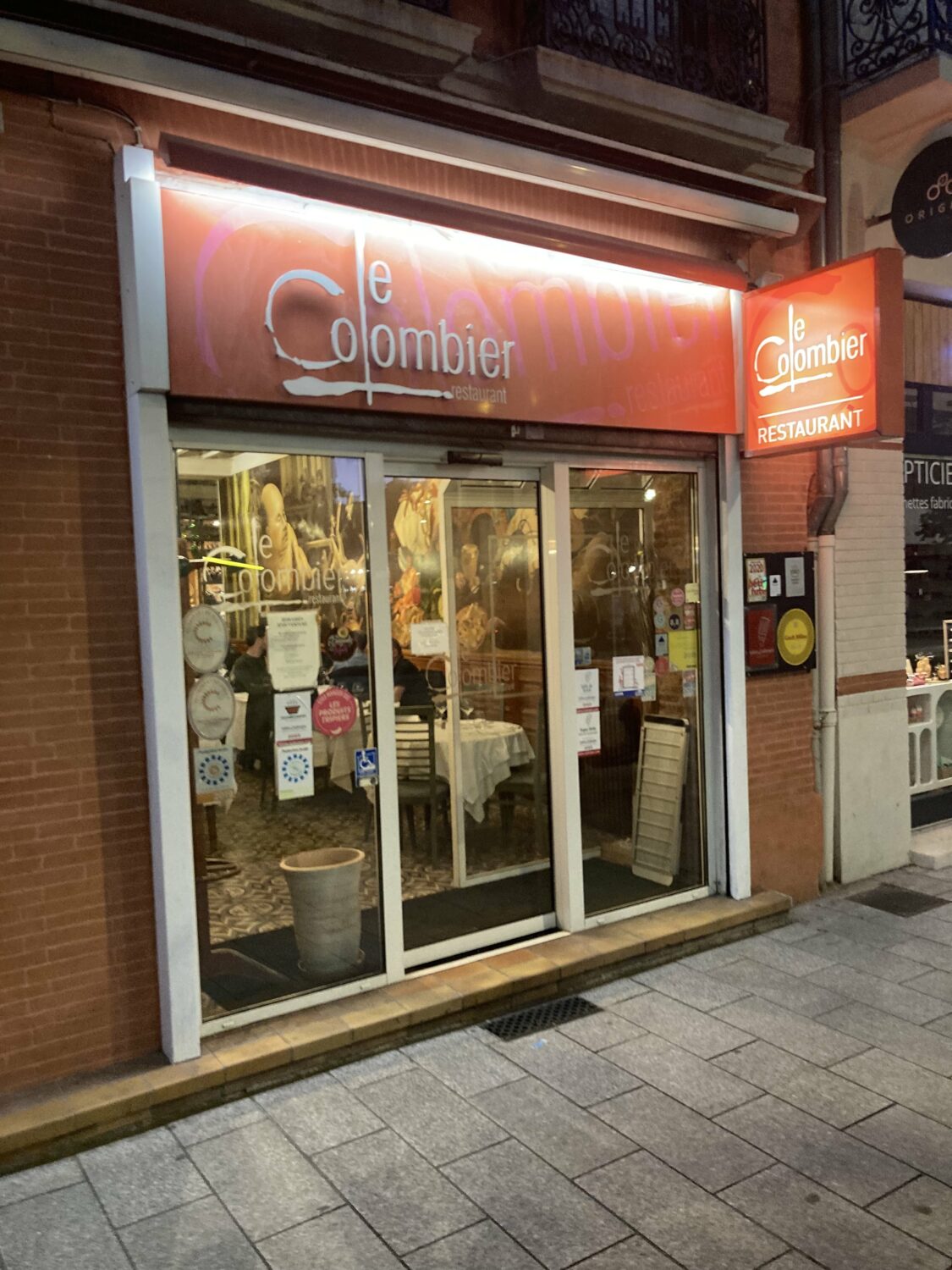
In his entry on cassoulet in the Larousse Gastronomique, the oldest and most iconic of gastronomic encyclopaedias, Montagné writes that Castelnaudary’s, Toulouse’s, and Carcassone’s versions of the dish vary based on the meats used – pork and confit goose in the first instance; the addition of Toulouse sausage (usually distinguishable because sold in one long coil), in the second; mutton, in the last. I suspect these differences have mostly blurred by now, but if you want to try the Castelnaudary’s version – the oldest of all three, if you care about these sorts of claims – head to Le Colombier. The slightly pixelated, Rabelaisian mural that takes up the whole of the right wall, in which two giants feast on a cornucopia of food stuff, is the perfect encapsulation of cassoulet’s culture and the owner Frank Petit is a proud, extremely welcoming example of that disappearing specimen which is a true restaurant host.
14 Rue de Bayard, 31000 Toulouse, France
Le Genty Magre
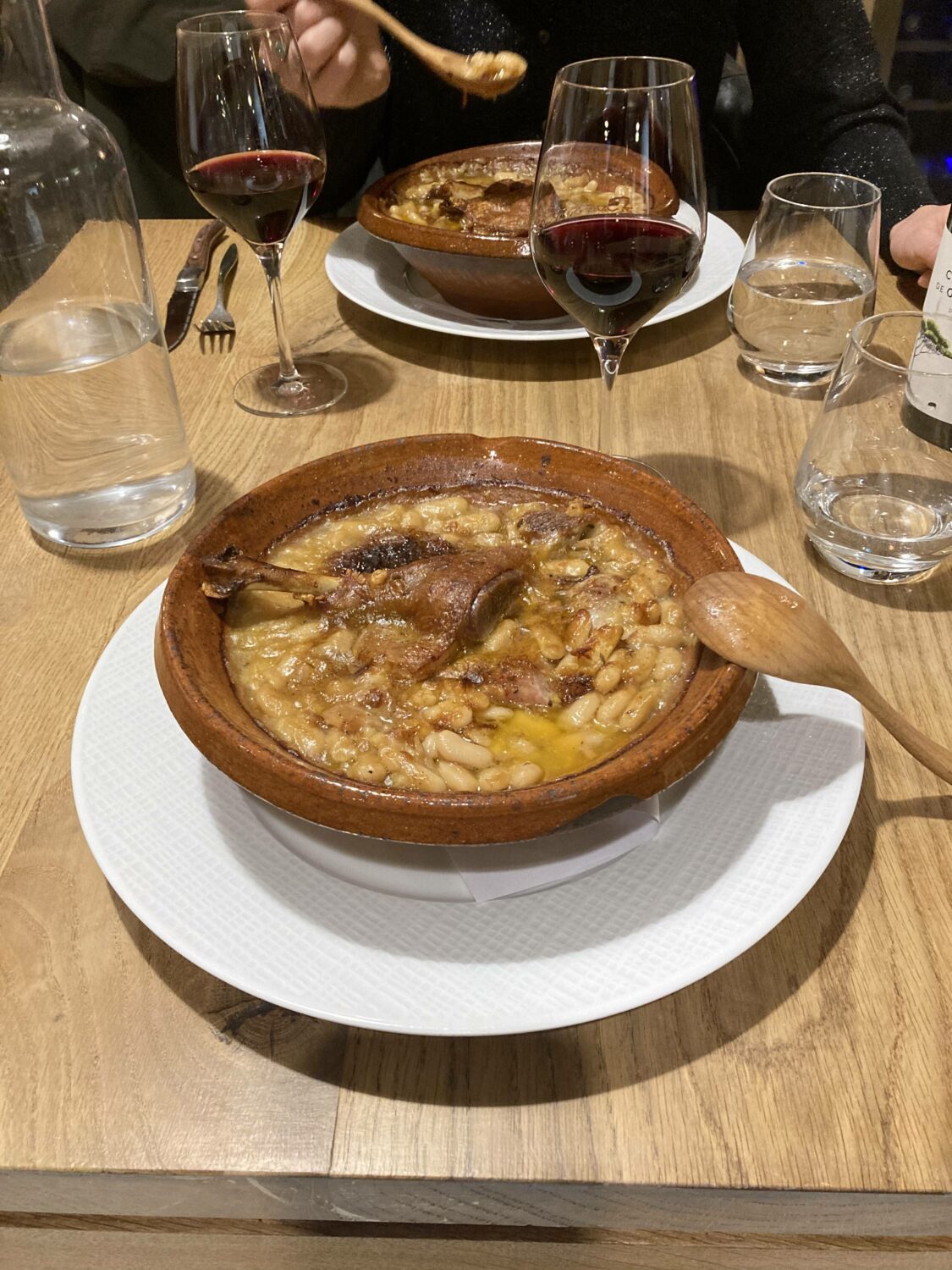
On the opposite end of the spectrum stands Le Genty Magre, winner in 2023 of the Best Cassoulet in the World award at the Toulouse Cassoulet Championship. (What’s funny is not that such a tournament would exist, but that Castelnaudary, and even Carcassonne, seem to have their own separate “leagues”.) If at Le Colombier cassoulet is first and foremost an instrument of conviviality, here the dish is treated as the most serious business. No trace of tomato whatsoever, the stew is completely ‘white’. Also, it notably lacks any sort of crust on top, while the goose is replaced by a confit duck leg and two different types of sausage, the similarly ubiquitous saucisse de Toulouse and saucisse de couenne (sausage made from pork rinds). The bean broth is shiny with duck fat (maybe a tad too much?), but the flavour is subtle and aromatic.
3 Rue Genty-Magre, 31000 Toulouse, France
Maison Garcia
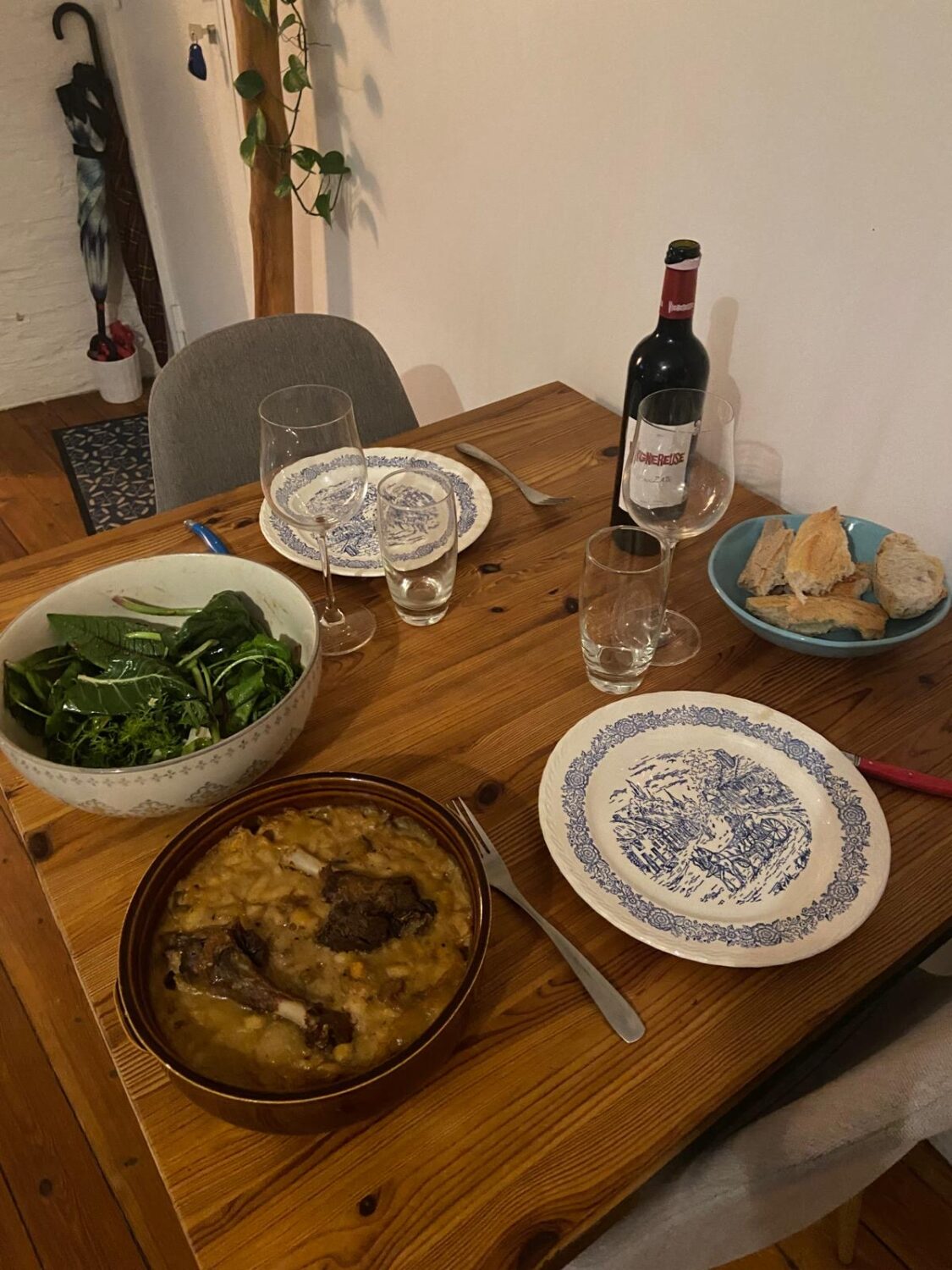
While in Toulouse, I asked more than one person where they went for their favourite cassoulet. The answer in all cases was a benign smile followed by the phrase that the one’s favourite cassoulet is the one that’s cooked at home. The next best thing to this is to go to a local butcher and get one already made. There are dozens of options of course, but none come close to Maison Garcia, the establishment which – firmly ensconced in France’s oldest covered market, the marché Victor Hugo – has served Toulouse and its citizens since 1961. When we visited, its cassoulet was just fresh from winning the “Best Cassoulet in the World Award” for 2024, and though by then we were quite tired from all the gourmandising, it did not disappoint.
We didn’t quite bother to build the gratin on top (a process that’s achieved by breaking and then reheating the casserole multiple times in the oven). However, accompanied by a mustard leaf mix we bought at the nearby St. Aubin’s Farmers’ Market, the pepperiness and vinegar-y dressing cutting through the richness, it was sensational and delicious.
Marché, loge 166, Pl. Victor Hugo, 31000 Toulouse, France
Bonus Tracks:
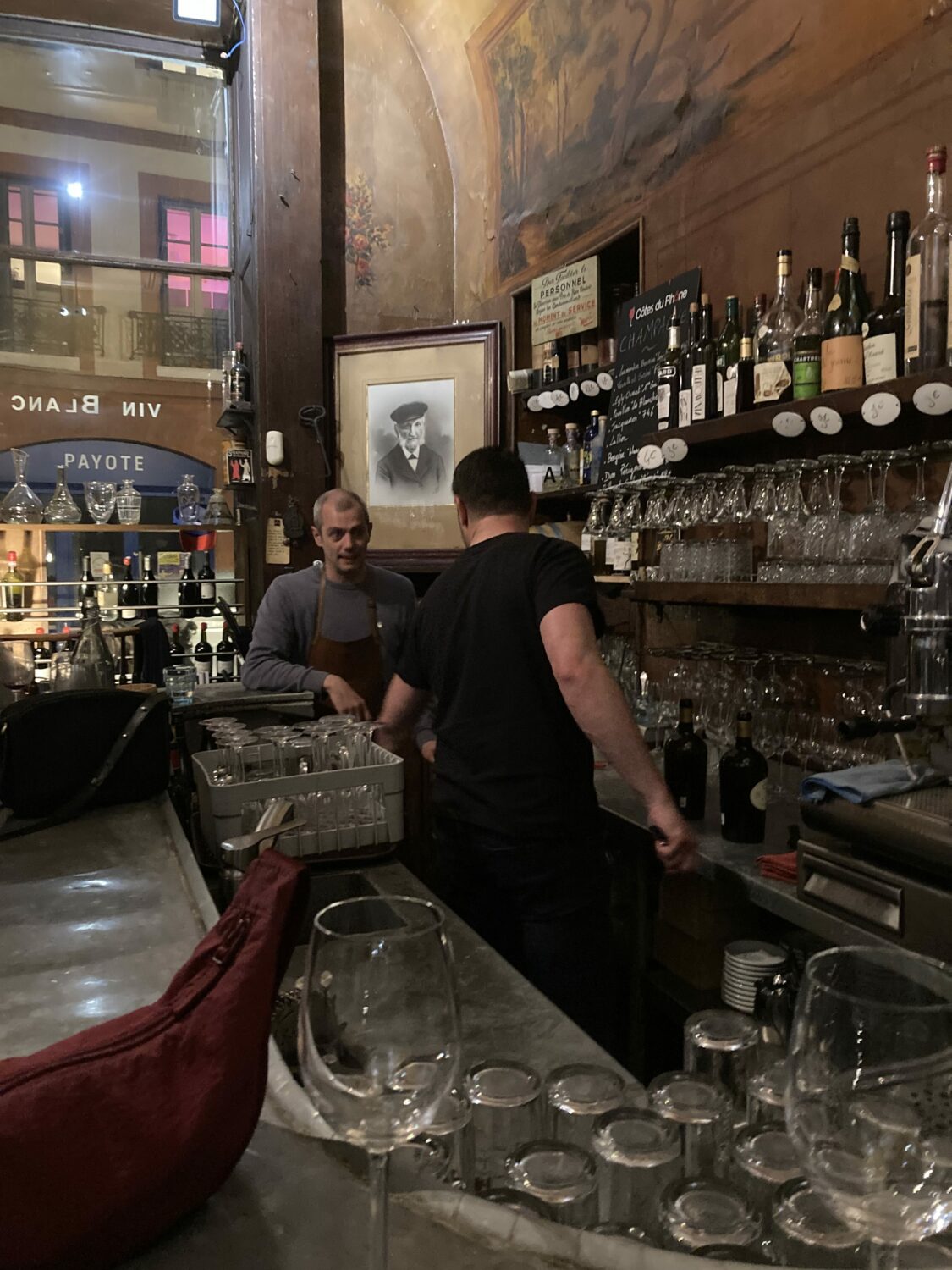
Toulouse’s gastronomy is by no means limited to cassoulet. A whole separate entry could be written about Toulouse’s patisseries for instance. But here, we’re sticking to the savoury. And wine. Au Père Louis (45 Rue des Tourneurs), founded in 1899 and still sporting the same fin de siècle wooden decor, is an extremely solid option for the usual heavy hitters (or for topping the night off with a glass of armagnac). My favourite place in the whole of Toulouse was the natural wine bar Nabuchodonosor (15 Coq d’Inde) – “the city’s best secret”, as a local to whom I swore absolute secrecy told me. Think a darker, slightly grottier 107 (formerly P Franco) in London, which samples the best of local natural wine from nearby Gaillac and Languedoc and serves it by the glass that average between four and six Euros!
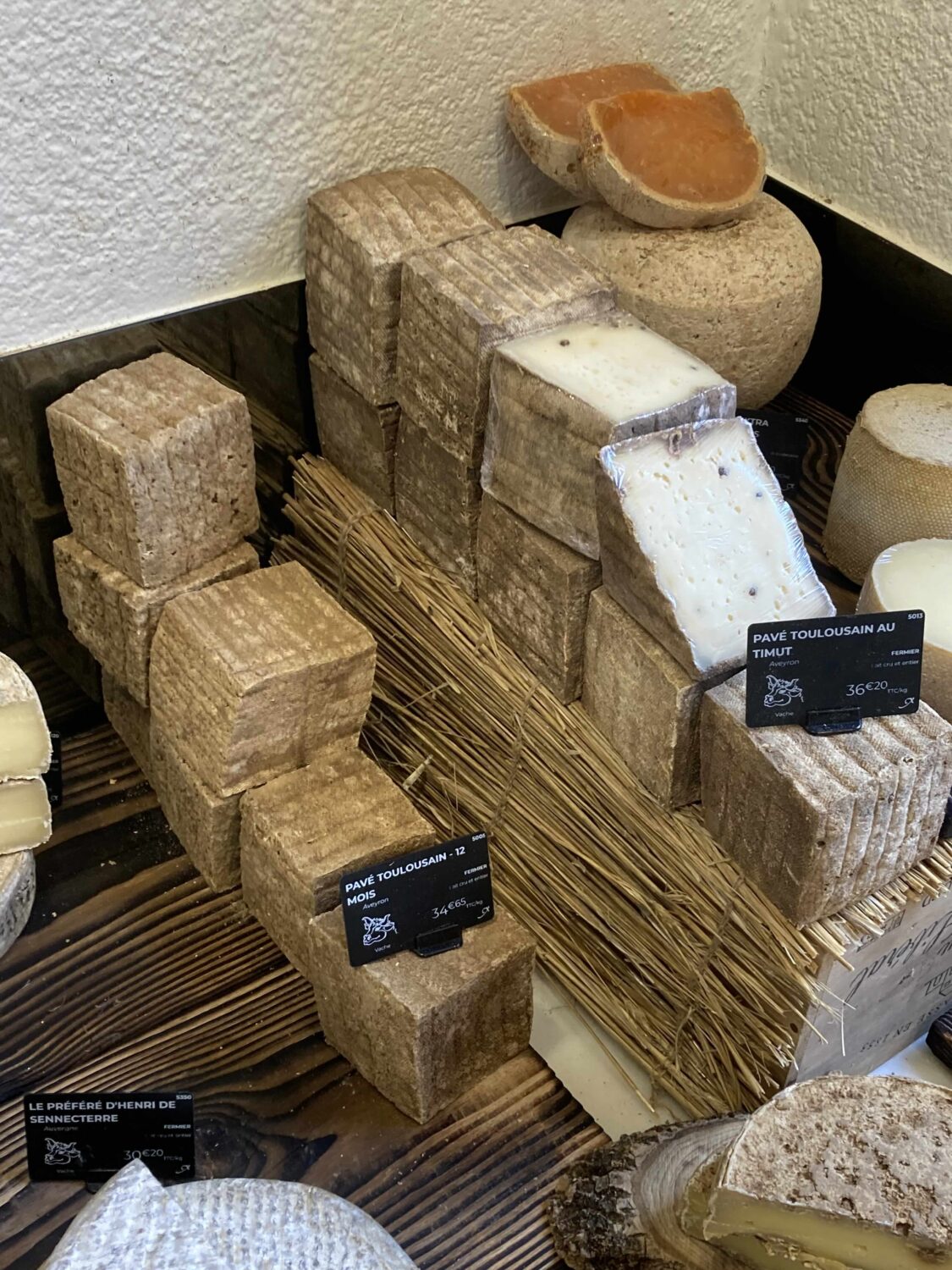
Finally, your trip wouldn’t be complete without some cheese and wine on the banks of the Garonne, the river that runs through Toulouse and then continues north all the way to Bordeaux. For that, I recommend you try Xavier (6 Place Victor Hugo), just outside the marché Victor Hugo. The selection is ample, but please make sure to try the pavé Toulousain, its signature cube-shaped cow’s milk cheese whose name renders homage to the ever-present red bricks that form the building blocks of Toulouse’s unique cityscape.
Bartolomeo Sala is a writer and reader based in London. His writing has appeared in Frieze, Vittles, and The Brooklyn Rail. Header image courtesy of Allen Lane, Pushkin Press, and Sceptre. Header image: Cassoulet detail from Castelnaudary by Bartolomeo Sala.